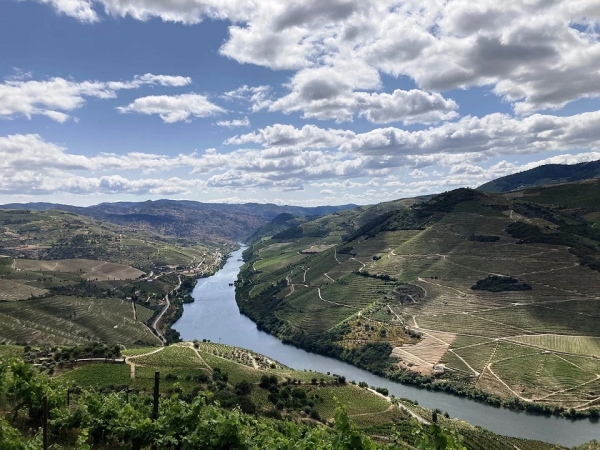Recent months have seen national outcry over water companies allowing sewage pollution in rivers to breach acceptable limits. Combined with pollution from agricultural fertilisers and chemicals, this has led to only 14% of rivers in England currently meeting ‘good’ ecological status. But to date, there has been no robust method to identify the likely sources of river pollution, making it almost impossible to effectively address the problem.
A recent research study co-authored by scientists at Oxford University now provides a new approach. This utilises ‘inverse modelling’, which works backwards from observations of pollution in rivers, tracing them back to the probable source.
This is in contrast to current ‘forward modelling’ methods, which start from an assumed set of pollution sources and run forwards to estimate the eventual distribution and reach of the pollutants. However, this has several critical flaws – namely, that the potential sources need to be known in advance, and it is often based on large assumptions and uncertain data.
Photo Credit: u_oeaf6xmxzl via Pixabay
Sci/Tech Top Stories Pollution Ecosystems

